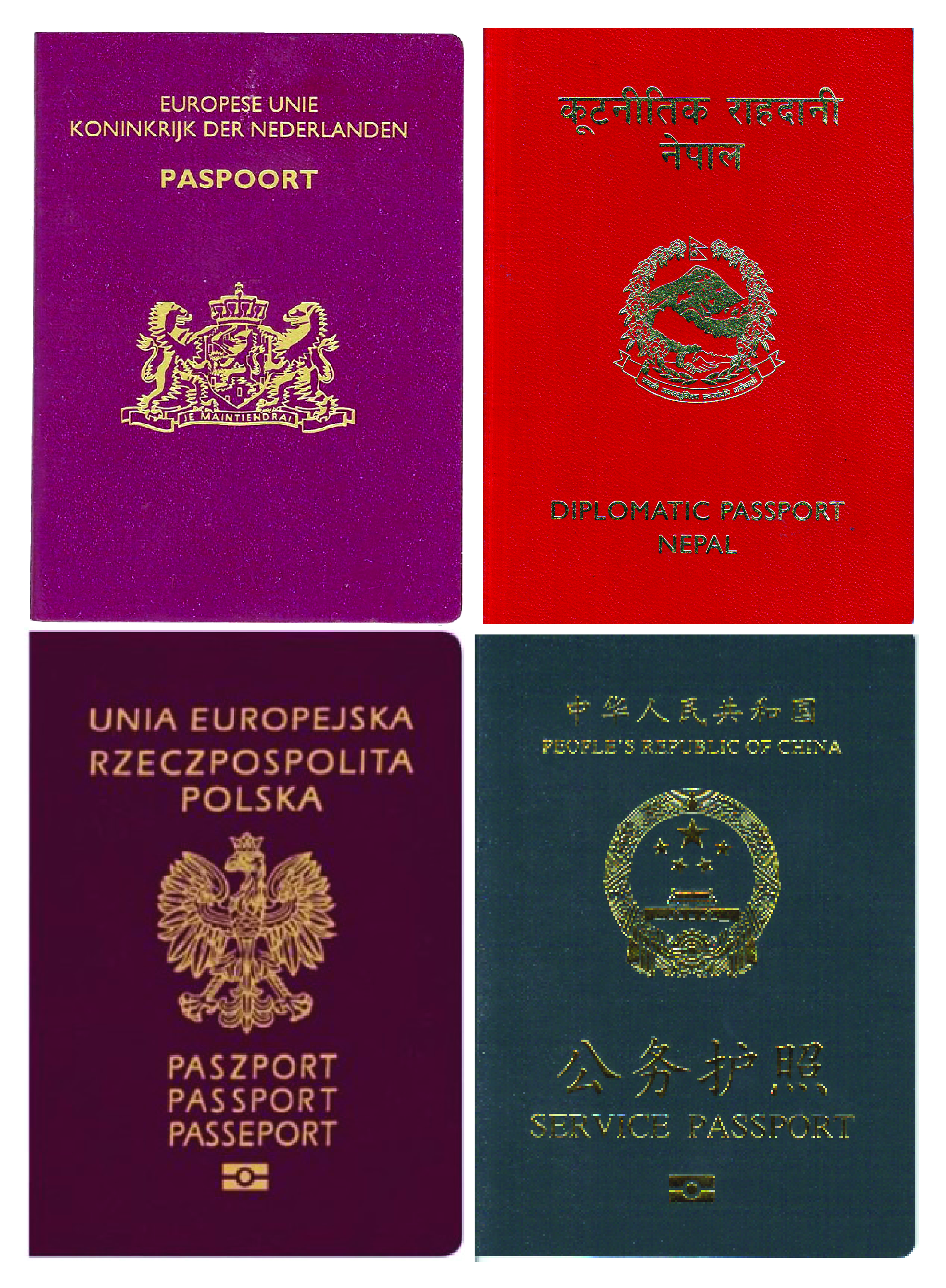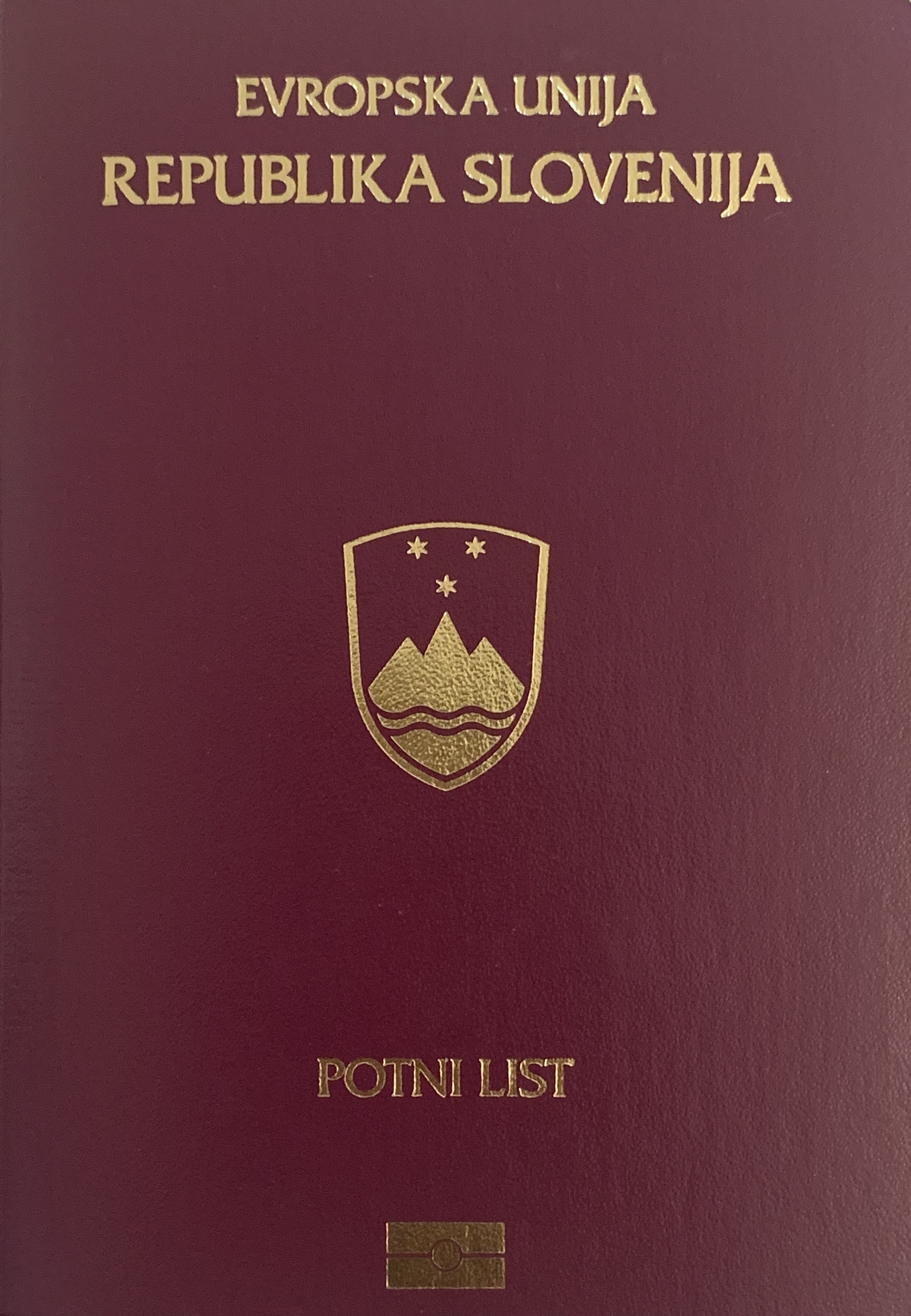|
Slovenian Passport
Slovenian passports ( sl, slovenski potni list) are issued to citizens of Slovenia to facilitate international travel. Every Slovenian citizen is also a citizen of the European Union. The passport, along with the national identity card allows for free rights of movement and residence in any of the states of the European Union, European Economic Area and Switzerland, as a result of the right of free movement and residence granted in Article 21 of the EU Treaty. The Slovenian ID card is also valid for travel to other former Yugoslav republics: Croatia, Bosnia and Herzegovina, Macedonia, Montenegro, Serbia. Physical appearanceSlovenian passports are the same burgundy colour as other s, with the [...More Info...] [...Related Items...] OR: [Wikipedia] [Google] [Baidu] |
Biometric Passport
A biometric passport (also known as an e-passport or a digital passport) is a traditional passport that has an embedded electronic microprocessor chip which contains biometric information that can be used to authenticate the identity of the passport holder. It uses contactless smart card technology, including a microprocessor chip (computer chip) and antenna (for both power to the chip and communication) embedded in the front or back cover, or centre page, of the passport. The passport's critical information is printed on the data page of the passport, repeated on the machine readable lines and stored in the chip. Public key infrastructure (PKI) is used to authenticate the data stored electronically in the passport chip, making it expensive and difficult to forge when all security mechanisms are fully and correctly implemented. Many countries are moving towards issuing biometric passports to their citizens. Malaysia was the first country to issue biometric passports in 1998. I ... [...More Info...] [...Related Items...] OR: [Wikipedia] [Google] [Baidu] |
European Passport
Passports in Europe are issued by each state individually, e.g. the Netherlands or United Kingdom. In general, passports issued in Europe either grant the holder the right of freedom of movement within the European Economic Area (EU and EFTA passports), to those that don't (EU candidate countries and other non-EU European states). The majority of European states are members of the European Union, and therefore issue EU passports. All passports issued in Europe are B7 size and ( ISO/IEC 7810 ID-3, 88 mm × 125 mm). The overwhelming majority of European passports are biometric (). These include all EU, EFTA, British, and EU candidate passports. There are also several passports issued by partially-recognised and disputed states, such as Northern Cyprus and Kosovo. Passports in Europe are issued by individual European states, such as the Netherlands and the UK. Passports of the European Union The EU itself does not issue ordinary passports, but ordinary passports is ... [...More Info...] [...Related Items...] OR: [Wikipedia] [Google] [Baidu] |
Passports By Country
A passport is an official travel document issued by a government that contains a person's identity. A person with a passport can travel to and from foreign countries more easily and access consular assistance. A passport certifies the personal identity and nationality of its holder. It is typical for passports to contain the full name, photograph, place and date of birth, signature, and the expiration date of the passport. While passports are typically issued by national governments, certain subnational governments are authorised to issue passports to citizens residing within their borders. Many nations issue (or plan to issue) biometric passports that contain an embedded microchip, making them machine-readable and difficult to counterfeit. , there were over 150 jurisdictions issuing e-passports. Previously issued non-biometric machine-readable passports usually remain valid until their respective expiration dates. A passport holder is normally entitled to enter the country t ... [...More Info...] [...Related Items...] OR: [Wikipedia] [Google] [Baidu] |
Foreign Relations Of Slovenia
Since Slovenia declared independence in 1991, its Government of Slovenia, Governments have underscored their commitment in improving cooperation with neighbouring countries and to actively contribute to international efforts aimed at bringing stability to Southeast Europe. Resource limitations have nevertheless been a problem hindering the efficiency of the Slovenian diplomacy. In the 1990s, foreign relations, especially with Italy, Austria and Croatia, triggered internal political controversies. In the last eight years, however, a wide consensus has been reached among the vast majority of Slovenian political parties to jointly work in the improvement of the country's diplomatic infrastructure and to avoid politicizing the foreign relations by turning them into an issue of internal political debates. Multilateral * Slovenia is engaged with 29 countries in bilateral military exchange - most actively with the United States - and in regional cooperative arrangements in Central Europe ... [...More Info...] [...Related Items...] OR: [Wikipedia] [Google] [Baidu] |
Passports Of The European Union
The European Union itself does not issue ordinary passports, but ordinary passport booklets issued by its 27 member states share a common format. This common format features a coloured cover (for which burgundy is compulsor all countries except Croatian passport, Croatia follow this recommendation) emblazoned—in the official language(s) of the issuing country (and sometimes its translation into English and French)—with the title "European Union", followed by the name(s) of the member state, the heraldic "Arms" of the State concerned, the word "PASSPORT", together with the biometric passport symbol at the bottom centre of the front cover. Some EU member states also issue non-EU passports to certain people who have a nationality which does not render them citizens of the European Union (e.g., Danish nationals residing in the Faroe Islands). In addition, the European Commission issues European Union Laissez-Passers to the members and certain civil servants of its institut ... [...More Info...] [...Related Items...] OR: [Wikipedia] [Google] [Baidu] |
Visa (document)
A visa (from the Latin ''charta visa'', meaning "paper that has been seen") is a conditional authorization granted by a polity to a foreigner that allows them to enter, remain within, or leave its territory. Visas typically include limits on the duration of the foreigner's stay, areas within the country they may enter, the dates they may enter, the number of permitted visits, or if the individual has the ability to work in the country in question. Visas are associated with the request for permission to enter a territory and thus are, in most countries, distinct from actual formal permission for an alien to enter and remain in the country. In each instance, a visa is subject to entry permission by an immigration official at the time of actual entry and can be revoked at any time. Visa evidence most commonly takes the form of a sticker endorsed in the applicant's passport or other travel document but may also exist electronically. Some countries no longer issue physical visa evi ... [...More Info...] [...Related Items...] OR: [Wikipedia] [Google] [Baidu] |
Socialist Federal Republic Of Yugoslavia
The Socialist Federal Republic of Yugoslavia, commonly referred to as SFR Yugoslavia or simply as Yugoslavia, was a country in Central and Southeast Europe. It emerged in 1945, following World War II, and lasted until 1992, with the breakup of Yugoslavia occurring as a consequence of the Yugoslav Wars. Spanning an area of in the Balkans, Yugoslavia was bordered by the Adriatic Sea and Italy to the west, by Austria and Hungary to the north, by Bulgaria and Romania to the east, and by Albania and Greece to the south. It was a one-party socialist state and federation governed by the League of Communists of Yugoslavia, and had six constituent republics: Bosnia and Herzegovina, Croatia, Macedonia, Montenegro, Serbia, and Slovenia. Within Serbia was the Yugoslav capital city of Belgrade as well as two autonomous Yugoslav provinces: Kosovo and Vojvodina. The SFR Yugoslavia traces its origins to 26 November 1942, when the Anti-Fascist Council for the National Liberation of Yugoslavia wa ... [...More Info...] [...Related Items...] OR: [Wikipedia] [Google] [Baidu] |
Visa Requirements For Slovenian Citizens
Visa requirements for Slovenian citizens are administrative entry restrictions imposed on citizens of Slovenia by the authorities of other states. As of 13 April 2021, Slovenian citizens had visa-free or visa on arrival access to 182 countries and territories, ranking the Slovenian passport 11th overall in terms of travel freedom (tied with the Latvian, Estonian, and Icelandic passports), and the highest ranking of the former Yugoslavian states, according to the Henley Passport Index. Visa requirements map Visa requirements Territories and disputed areas Visa requirements for Slovenian citizens for visits to various territories, disputed areas and restricted zones: ;Europe * — Visa required. * — Visa required (issued for single entry for 21 days/1/2/3 months or multiple entry visa for 1/2/3 months).Travellers with Artsakh visa (expired or valid) or evidence of travel to Artsakh (stamps) will be permanently denied entry to Azerbaijan. * Mount Athos — Special permit ... [...More Info...] [...Related Items...] OR: [Wikipedia] [Google] [Baidu] |
Hungarian Language
Hungarian () is an Uralic language spoken in Hungary and parts of several neighbouring countries. It is the official language of Hungary and one of the 24 official languages of the European Union. Outside Hungary, it is also spoken by Hungarian communities in southern Slovakia, western Ukraine ( Subcarpathia), central and western Romania (Transylvania), northern Serbia (Vojvodina), northern Croatia, northeastern Slovenia (Prekmurje), and eastern Austria. It is also spoken by Hungarian diaspora communities worldwide, especially in North America (particularly the United States and Canada) and Israel. With 17 million speakers, it is the Uralic family's largest member by number of speakers. Classification Hungarian is a member of the Uralic language family. Linguistic connections between Hungarian and other Uralic languages were noticed in the 1670s, and the family itself (then called Finno-Ugric) was established in 1717. Hungarian has traditionally been assigned to the Ugric alo ... [...More Info...] [...Related Items...] OR: [Wikipedia] [Google] [Baidu] |
Italian Language
Italian (''italiano'' or ) is a Romance language of the Indo-European language family that evolved from the Vulgar Latin of the Roman Empire. Together with Sardinian, Italian is the least divergent language from Latin. Spoken by about 85 million people (2022), Italian is an official language in Italy, Switzerland (Ticino and the Grisons), San Marino, and Vatican City. It has an official minority status in western Istria (Croatia and Slovenia). Italian is also spoken by large immigrant and expatriate communities in the Americas and Australia.Ethnologue report for language code:ita (Italy) – Gordon, Raymond G., Jr. (ed.), 2005. Ethnologue: Languages of the World, Fifteenth edition. Dallas, Tex.: SIL International. Online version Itali ... [...More Info...] [...Related Items...] OR: [Wikipedia] [Google] [Baidu] |
Languages Of Slovenia
Slovenia has been a meeting area of the Slavic languages, Slavic, Germanic languages, Germanic, Romance languages, Romance, and Uralic languages, Uralic linguistic and cultural regions, which makes it one of the most complex meeting point of languages in Europe. The official language, official and national language, national language of Slovenia is Slovene language, Slovene, which is spoken by a large majority of the population. It is also known, in English, as Slovenian. Two minority languages, namely Hungarian language, Hungarian and Italian language, Italian, are recognised as co-official languages and accordingly protected in their residential municipalities. Other significant languages are Croatian language, Croatian and its variants and Serbian language, Serbian, spoken by most immigrants from former Yugoslavia, other countries of former Yugoslavia and their descendants. Slovenia is ranked among the top European countries regarding the knowledge of foreign languages. The most ... [...More Info...] [...Related Items...] OR: [Wikipedia] [Google] [Baidu] |






